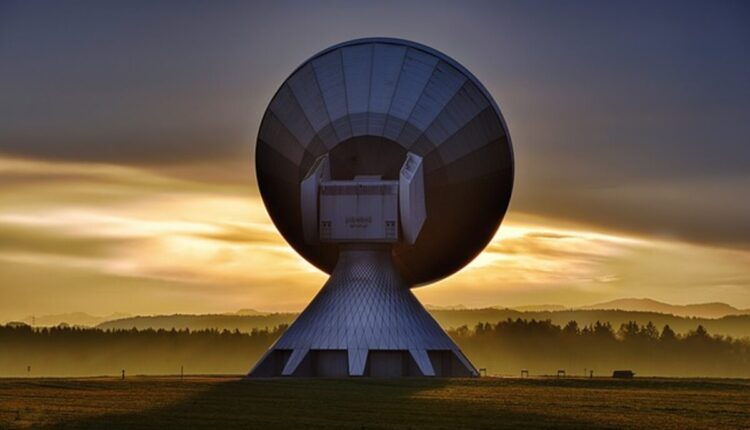To accomplish it professionally, you might need tools outside this article’s scope. But how can you save money by tracking and aligning to the desired satellite yourself?
You’ll need the channel frequencies and other information before you can start watching. Symbol rate, FEC, and polarity are also necessary. This data is freely available online at sites like lyngsat.com.
You won’t have to look for this information online because modern receivers already have it preprogrammed for you. Simply enter setup/installation and select a transponder from the list provided by the satellite. Verify that the satellite dish antenna is in its proper location and that the lab is linked to the receiver using the correct coaxial cable and the connections at both ends of the cable. After double-checking everything is set up correctly, go into the installation sub-menu and choose manual scan rather than automated. The signal strength can be viewed in the manual scan interface. Some modern receivers even make a beeping noise or display the signal strength on the front panel to make it easier to locate the satellite.
After that, you should do something at the dish antenna. A large percentage of your community is probably watching TV via satellite. Keep an eye on where the dish is headed, and aim yours in that direction. Wait for the signal to appear after moving half a centimeter and waiting 3–5 seconds. If it still doesn’t appear, advance another half a centimeter and wait. If you find the location, your TV will display the signal strength. I must warn you that finding the right spot is not a simple task.
Do not expect to complete this in minutes if you are a beginner. It was simple when people still used analog satellite receivers. After tuning into the channel’s frequency, viewers at or near the satellite’s location can “see” the channel. After making a few tweaks, you should be able to make out the channel. In the digital world, however, even a slight adjustment to the dish’s position will result in a complete loss of reception. When looking for the dish’s location, you’ll need to make a few little movements, pause to see if the signal reappears, and repeat. You have to make a few adjustments, wait and check the TV screen, then repeat until a signal appears.
Once the signal appears, you can adjust the dish’s placement to maximize reception. Then set it permanently there. Put your receiver into automatic scan mode and throw away the manual. Then you should select okay on the receiver’s remote. The receiver records and catalogs all of the channels broadcast by that satellite. You won’t need to pay a specialist to complete the job in this method. If you can borrow or buy one cheaply, you can also utilize a satellite tracking gadget that makes a louder noise as you approach the satellite’s location. Using this tool, finding what you need is a breeze.
This article should provide a general notion of where the search and save channels are on your dish antenna. Look up the internet if you need more complex methods.
T. N. Negussie I’ve researched the capabilities of various software programs since I’m interested in technology, especially computers. I want to share what I’ve learned with others who share my interests.
Read also: 3 Of The Biggest Marketing Mistakes You May Be Making And How To Fix Them…

